
Den libanesiske kunstneren Akram Zaatari åpner sin utstilling Composition for Two Wings på Kunstnernes Hus i kveld. Utstillingen er kuratert av husets direktør, Mats Stjernstedt, og Marianne Hultman, intendant ved Oslo Kunstforening. Utstillingen er den første i en serie av årlige utstillinger som har fått tittelen Oslo Contemporary Art Exhibition. Tiltaket med den noe generiske tittelen er initiert av Hultman, og er ment å skulle presentere kunstnere som jobber med politiske situasjoner eller sosiale forhold. Zaatari er kjent for filmer og installasjoner hvor det dagligdagse og personlige kontrasteres med større hendelser. Filmene har ofte et dokumentarisk preg og installasjonene kan minne om museale eller arkeologiske presentasjoner av objekter og gjenstander fra fremmede og ukjente kulturer. Det objektive og analytiske blikket blandes med fiktive elementer og personlige narrativer og forteller til sammen historier om motstand, krig, grenser og okkupasjon. På Kunstnernes Hus viser Zaatari en ny konstellasjon av to tidligere arbeider, tilpasset de to rommene i husets annen etasje. Vi stilte Zaatari ti spørsmål om utstillingen og hans arbeid. Spørsmålene ble stilt på engelsk og gjengis her i samme språk.
How are the preparations for your upcoming show going?
Preparations are going very well. We have started early enough to think through every detail in the exhibition and secure a perfect setup. The exhibition is complex, both technically and spatially, mixing light and dark spaces, videos and photographs, vitrine displays, and textual information.
How has the whole exhibition progressed in dialog with the two curators, Mats Stjernstedt and Marianne Hultman?

Mats and Marianne convinced me to show two bodies of work that I’ve never showed simultaneously in one exhibition before. I have to admit that it wasn’t an easy task for them, but we worked together selecting the works from each project to suit the two wings of the Kunstnernes Hus space, hence the title of the exhibition, Composition for Two Wings. We discussed the layout of the exhibition and the spatial configuration, and one of the innovative decisions was to reproduce some of the works in a much smaller size and present them as vitrine displays, thus presenting the material on a different level in the space. These are the works that present photographs of bodybuilders taken by Madani in Saida, Lebanon in 1949, the photographs of Nadia Abdel Wahed undressing in front of photographer Van Leo in Cairo 1959, and photographs of my own audio cassettes from the early 80s.
What do you consider the most important aspect of Composition for Two Wings?
It is the most comprehensive overview of my work until this day. It includes works from different universes, and different periods of time, from 2002, The Desert Panorama, until the most recent ones like Dance to the End of Love, and the vitrines with bodybuilders. Most importantly the exhibition cuts across my interests in collecting and studying photography, and the poetics of video and photography. At the same time the exhibition is about my film work and my photographic documentary work.
When, how and why did you become an artist?
I do not remember when I became an artist. I was heading towards becoming a filmmaker, but it never worked. The film world seemed so closed to me, and I found myself in the art world. I made more than thirty videos and documentaries between 1994 and 2005, without having a producer, and all of a sudden, an art gallery approached me in 2005.
How do you see your role as an artist today?

It would not be fair to assign responsibilities or roles to artists today. Realities differ totally from one place to another. I think the world can easily live without artists, but it cannot evolve without thinkers.
How would you describe your working method?
I am an architect, a documentary filmmaker, and an ethnographer working in the art world, so I use the tools and approaches that I have learned from those three disciplines. I have no particular method to apply, otherwise it would make my work too simple. I enjoy reflecting on complex social and political issues particularly related to geographies. And I am used to negotiation in order to make things possible while making a work.
Can you mention current art or projects/practices that inspire you?
I have always been fascinated by the work of artist Jean-Luc Moulene, the early works of Hans Peter Feldman, by the films of Harun Farocki, Elia Suleiman, and Tsai Ming Liang. Many artists have marked my childhood, mainly filmmakers like Fassbinder, and Alfred Hitchcock, and also the writings of Albert Camus. I’m often impressed by younger artists, especially when I encounter ideas that belong to the times and that I never thought of.
What role does theory have in your work?
I do not relate to theory. I hope my work can be useful to theorists.
How would you describe the current status of the documentary within the art world?
Documentary practices within the art world represent a current that started in the 90s and is being taken more and more seriously.
What would you change in the world of art?
I do not want to change the world. I want to be able to describe the world. That’s enough as a task. The art world is insignificant to try to change.
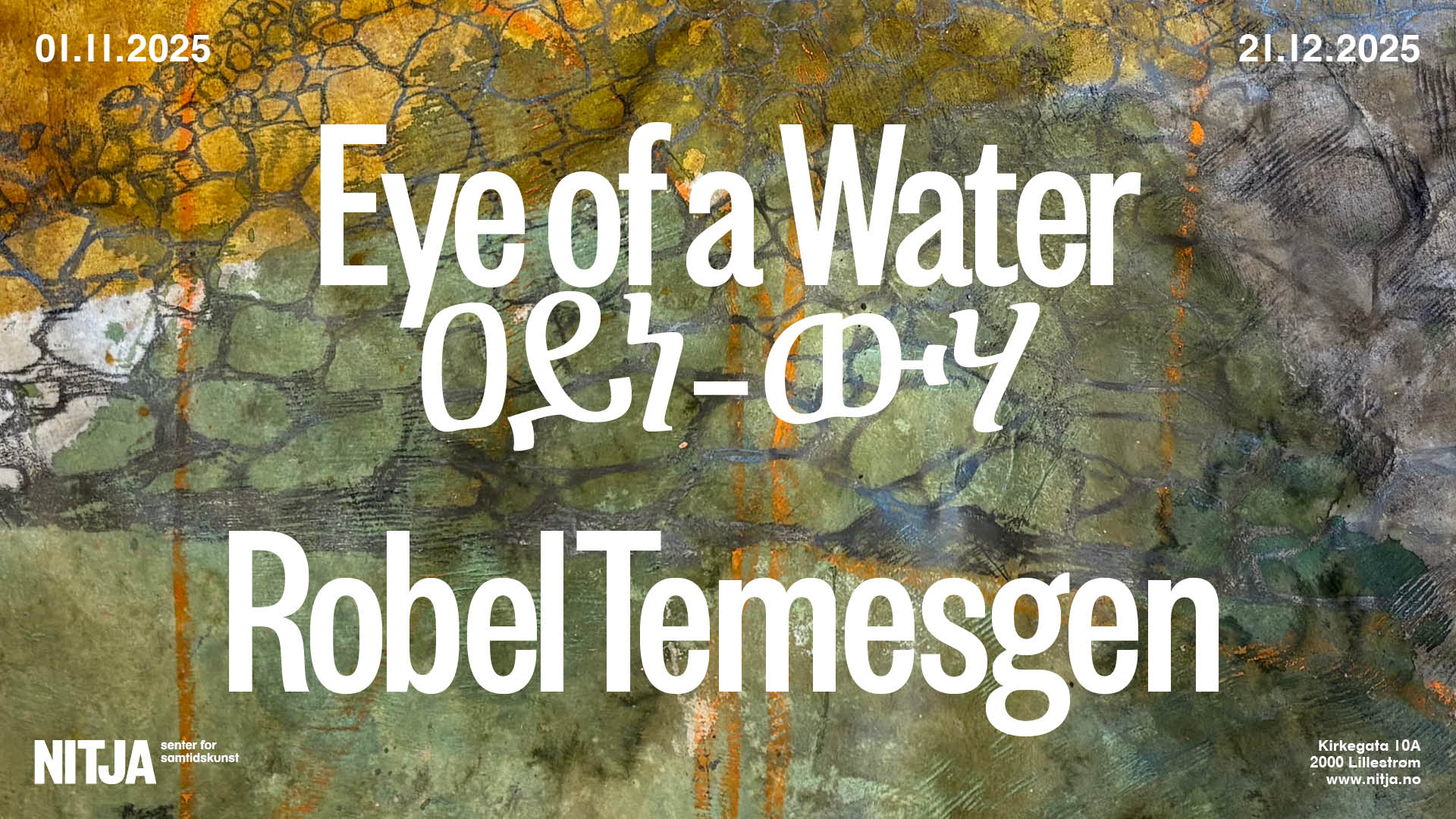
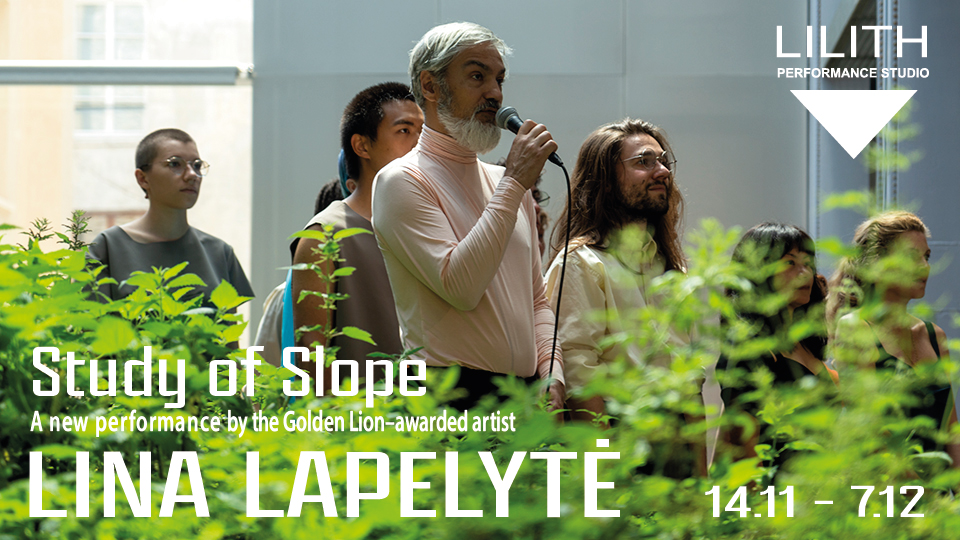


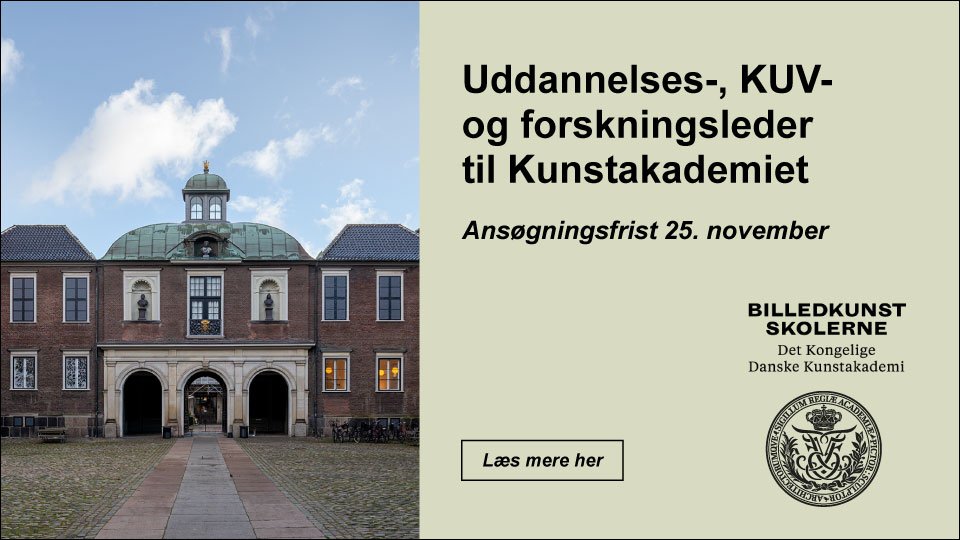
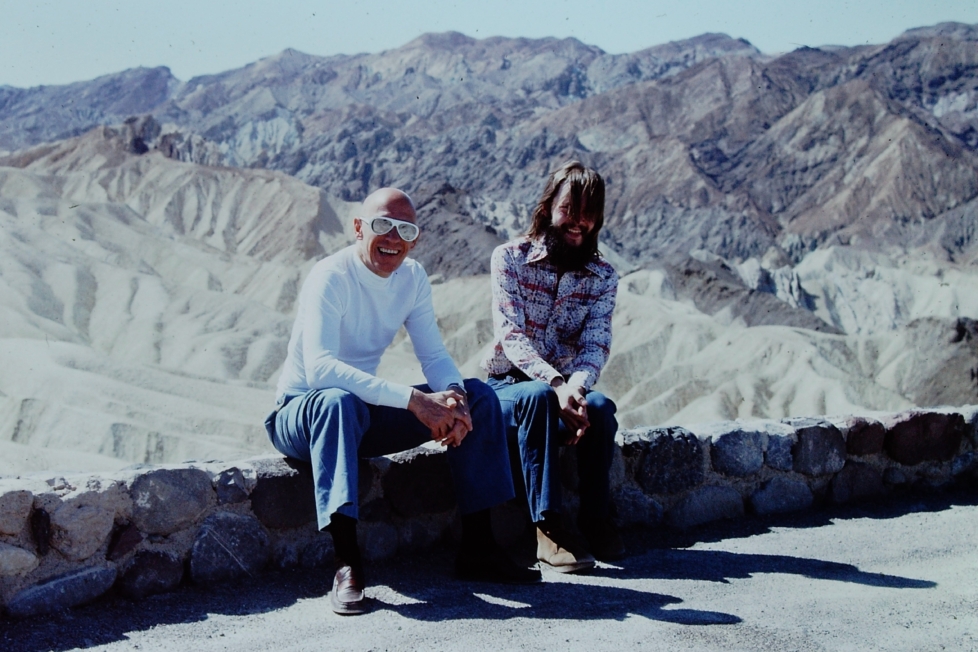
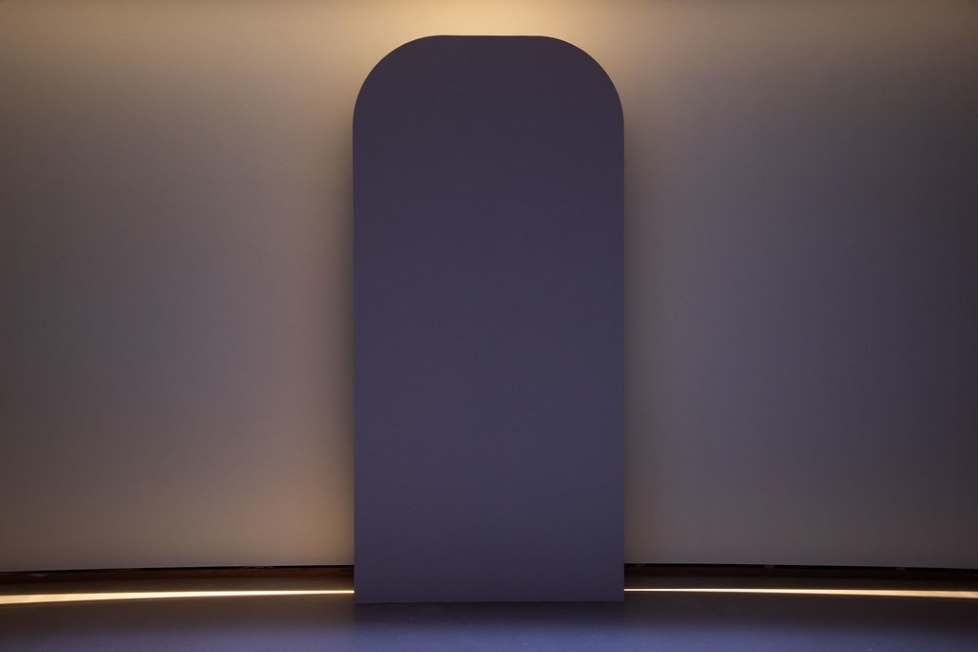
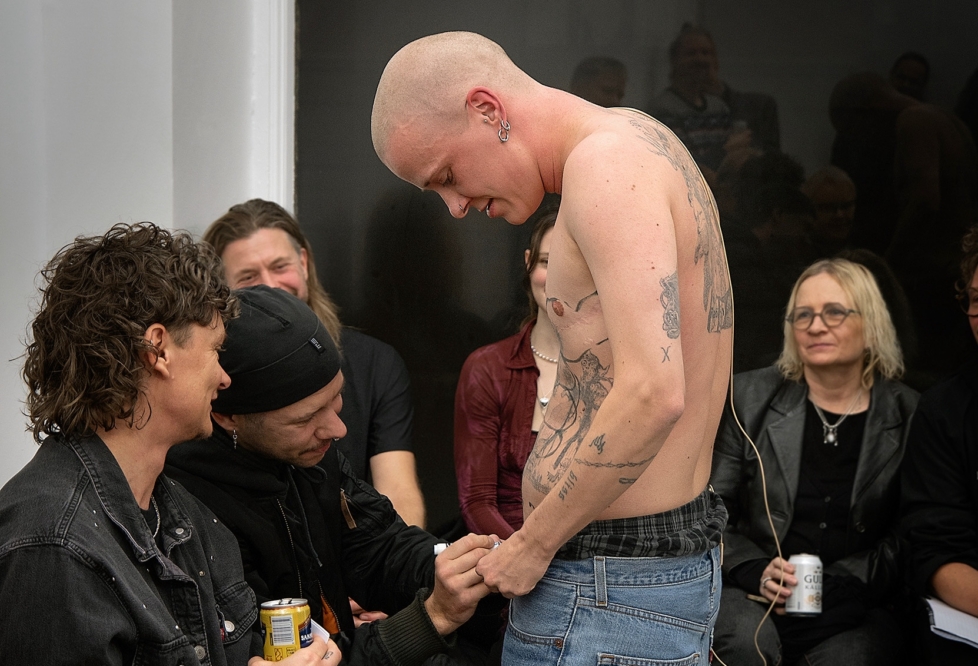
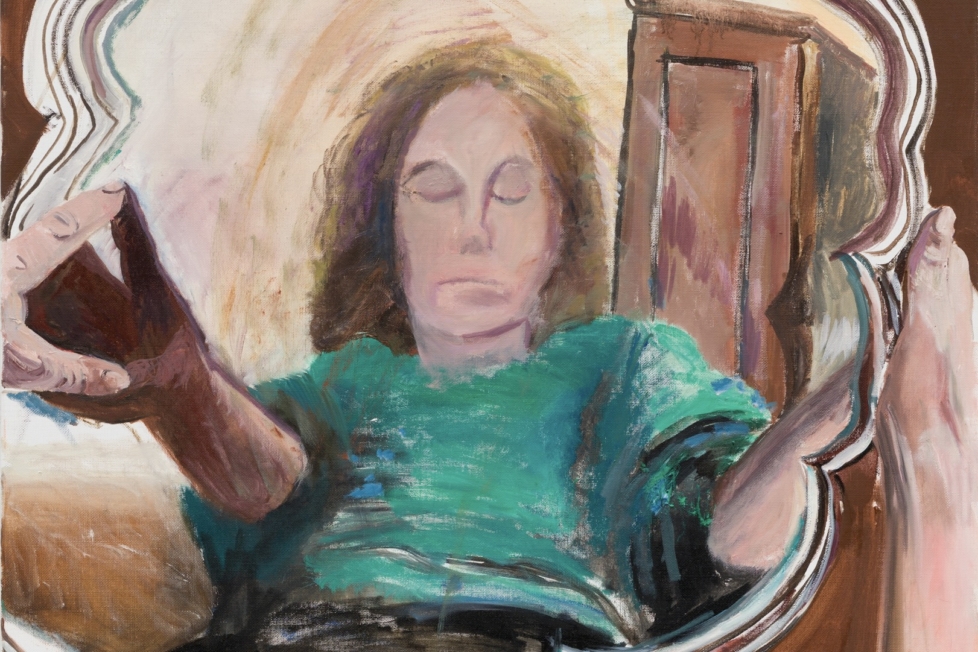
Diskussion